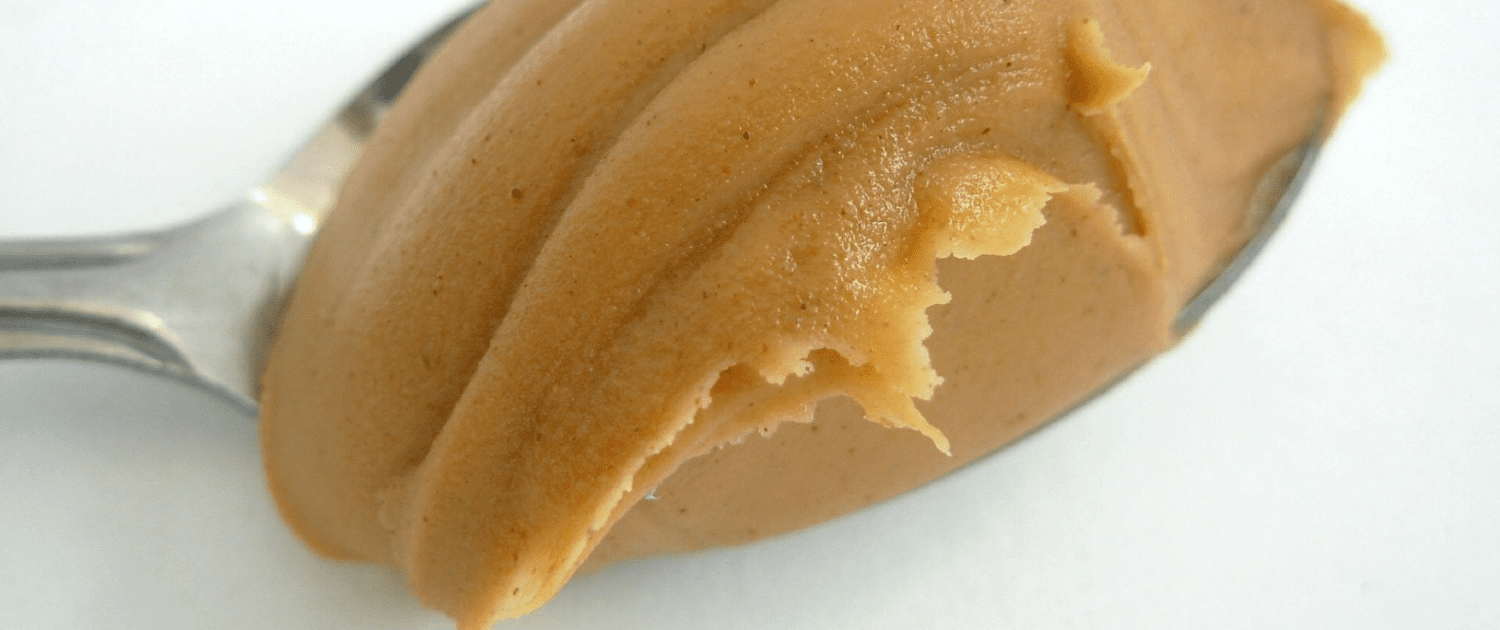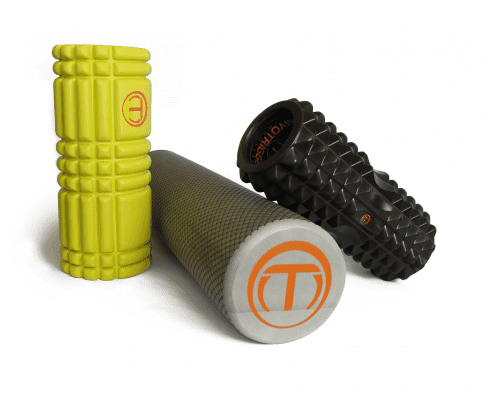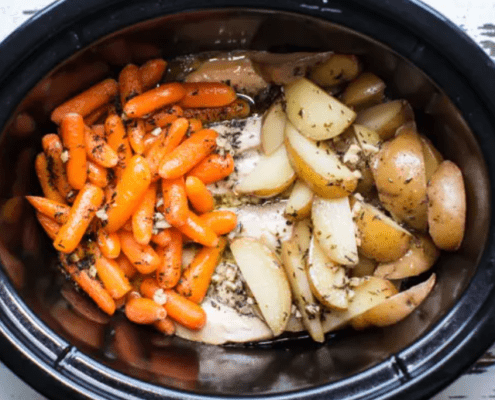Peanut Butter explained: What Types Are There, Which Are The Healthiest?
I’m pretty sure I have at least 1 tbsp. of peanut butter every day, and that’s not even a lie – just like that old lady says with Frank’s Red Hot – “I put that shit on everything.”
So if you’re a peanut butter lover like myself, how do you ensure that what you’re eating is good for you – or at least how can you inform yourself about the pros and cons of some of the different types out there so that you can make better choices? Well, let me help you.
So what’s in Peanut Butter anyways? Or, what should be in Peanut Butter? Well, really there should just be two ingredients: Peanuts (duh), and possibly a little bit of sodium. However, that’s not the case with many of peanut butters out there on the market today, so i’ll highlight what some of the other ingredients are and their purpose:
- Palm Oil: helps prevent oil separation and acts as a stabilizer.
- Sugar: flavour; often disguised as other names like Agave Syrup or Cane Syrup
- Sweetener: flavour.
- Added hyrogenated oils: stability and consistency of the peanut butter
- Hydrogenated Vegetable Oils (Cottonseed, soybean, or rapeseed)
- Flax. Adds fiber
Those are some of the common additives, that’s not to say there isn’t some other Frankenstine additives but the above should be good enough to help you understand most Peanut Butter nutrition labels.
There are a lot of types of Peanut Butters out there, as well as a host of nut butters too (almond, cashew, etc.). I’m going to stick with Peanut butters for this post. Your typical Peanut Butter, which you see in the grocery store, is usually a Natural Peanut Butter or a Sweetened variation. There is another type too, although not as common, which is Powdered Peanut Butters.
Let’s take a look at each:
1. Natural Peanut Butter
Natural Peanut Butter is what you’d think of as “natural.” It is made of ground peanuts, with sometimes added sodium, but no added oil, sugar, or preservatives. This is the type of peanut butter where the oil separates and rises to the top of the jar and you get a mini forearm workout stirring the oil back into a homogeneous mixture. Natural peanut butters need to be refrigerated due to it’s lack of preservatives, which would otherwise keep it from separating.
Be careful with the naming here, even the brands labeled as “all-natural” have additives; products labeled as natural peanut butter generally should contain at least 90% peanuts with no additives like artificial sweeteners, colors, or preservatives.
2. Sweetened Peanut Butter
Sweetened Peanut Butter is a type peanut butter that has the additive of sugar and/or sweeteners; most brands don’t stop at just adding a sweetener, they often have other additives as mentioned in the earlier paragraph.
3. Powdered Peanut Butter
Yes, powdered peanut butter! Powdered peanut putter is made from roasted peanuts which are pressed and oils removed, leaving behind a powder. The brand that sell powdered peanut butter contain little sugar and salt, and with most of the fat gone, what’s left is primarily protein and fiber.
So, which type is the healthiest? There seems to be quite a bit of opinion out there, you can read the top 36 peanut butters – ranked and take a look at the 9 Healthy Peanut Brands but the winner is definitely Natural or Powdered Peanut Butter, with convincing situational arguments on both sides.
On one hand, proponents of the Powdered Peanut Butter suggest that reduced calories and higher protein and fiber content make it the superior choice.
Opponents, like Prevention reports, will suggest that the full-fat spread actually promotes weight loss due to increased satiety. Further, Food babe says Powdered like PB2 is not whole real food, not organic, has added sugar, and almond butter is superior since it has 69% more calcium, twice as much fiber, 86% more iron, and 169% more vitamin E, and it doesn’t have the possibility of containing aflatoxin.
Something also to consider when deciding which Peanut Butter is right for you, is how it tastes, it’s practical use, and of course it’s price. From a taste perspective, the sweetened version wins almost every time. From a practical use perspective, its situational. For cooking, the Powdered Peanut butter fails to give the fat that many recipes require; whereas natural and sweetened variations of peanut butter work quite well. In contrast, using powdered peanut butter with smoothies is very effective as you don’t get that hard-to-mix peanut butter clump at the bottom of the blender – and you get a higher protein and fiber end product.
So which type of Peanut Butter should you use?
There’s no right or wrong choice, just better or worse choices depending on your use of peanut butter. But, one thing can be agreed upon with all type: opt for the one with as least ingredients as possible – a general rule of thumb with most foods. I personally stick with the natural peanut butters. I don’t find the price and practicality of the powder peanut butter of much use for myself, I have other foods that replace it’s beneficial use.
Till next time,
-Mike
You might also be interested in…






